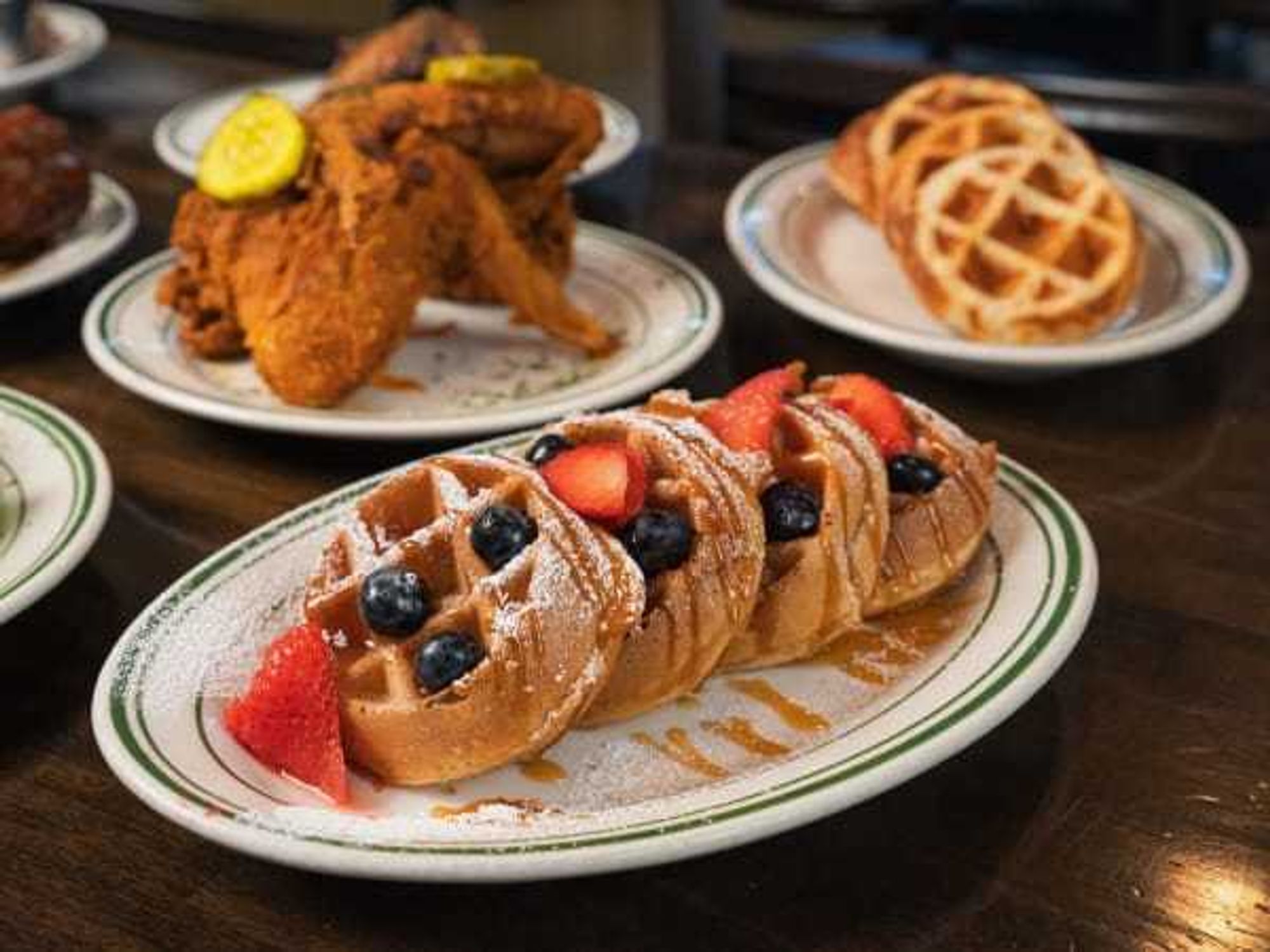Have a better idea?
Looking to legends to bring some rain: The end of one drought brought Texas bluebonnets

Emails from MoveOn.org urge me to help make Texas a blue state.
That's hard to do, because we all know Texas is a red state in more than just politics these days. The weather graphic of the state looks like a blistering hot frying pan.
Texas is cocooned by something the weather folks call a high pressure level, which repels any significant moisture. As someone who can barely identify a cumulus cloud from a cirrus one, it’s still a mystery to me. What can we do except pray, hope, cope and watch our green lawns wither to brown?
What did our ancestors do? They prayed, hoped, coped and watched their crops turn brown. And without the knowledge of modern meteorology, sometimes it was logical to blame the drought on the gods.
What can we do except pray, hope, cope and watch our green lawns wither to brown?
A multitude of legends have been spawned by a society’s attempts to convince these fickle gods to send a little downpour their way. In desperation, people promised to sacrifice their most prized possessions —sometimes a virgin or a prized animal or a piece of valued property.
In the good legends, the skies open up just before the horrible deed, and the verdant landscape returns, the crops are saved and the people rejoice. You usually don’t hear about those sacrifices that didn’t work. Not good folklore.
My favorite legend is still one that J. Frank Dobie recorded in his Tales of Old Time Texas and one that I shyly recited to my first-grade classmates at Eastwood Elementary School (now Dora B. Lantrip Elementary). It goes like this:
She-Who-Is-Alone was a young Comanche orphan living in Texas a long time ago. Her parents and her entire family had died during the drought. There was no rain to grow the crops. The people were sick and dying, and the horses and buffalo were suffering. The leaders prayed to the Great Spirits, played the drums and danced asking for help.
Finally one of the leaders said that the Great Spirits wanted them to make a sacrifice. Everyone had to give up their most valuable possession.
She-Who-Is-Alone had only one thing that she loved — the little doll her grandmother had made for her out of buffalo skin. The face was painted with berry juice, and beautiful blue bird feathers adorned its head. It was the only thing she had left from her family.
But she knew what she had to do. That night she crept out from her teepee, bringing her doll with her to the fire. She kissed her doll and said, “O Great Spirit, here is the only thing I have. It is very special. Please send the rain.”
She threw her doll into the fire and watched as the fire consumed it. When the fire grew cold, she scooped up some ashes and threw them to the winds.
The next morning when She-Who-Is-Alone and the villagers awoke, they saw that the hills were covered with beautiful blue flowers, the same color as the doll’s feathers. They knew it was a sign from the Great Spirit. Soon it began to rain, and the drought was ended.
The villagers changed She-Who-Is-Alone’s name to One-Who-Dearly Loves-Her-People. And each spring when the fields are covered with bluebonnets, we are reminded of the little’s maiden’s sacrifice.
Terry St. John is a Houston native who's never seen a summer as hot as this one.



 Grand Lux Cafe is known for its baked-to-order desserts. Grand Lux Cafe/Facebook
Grand Lux Cafe is known for its baked-to-order desserts. Grand Lux Cafe/Facebook